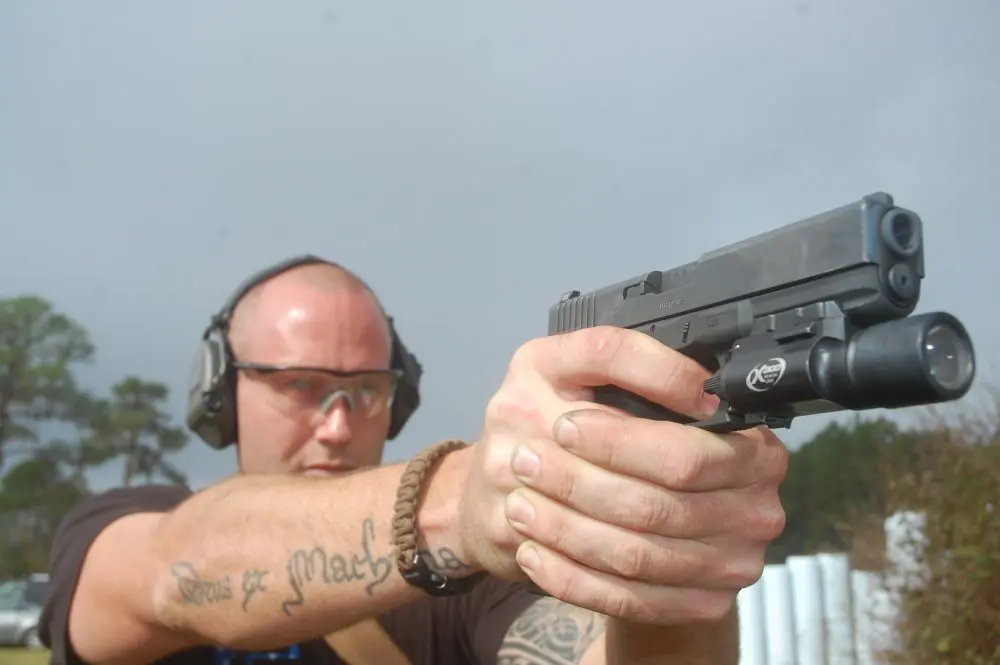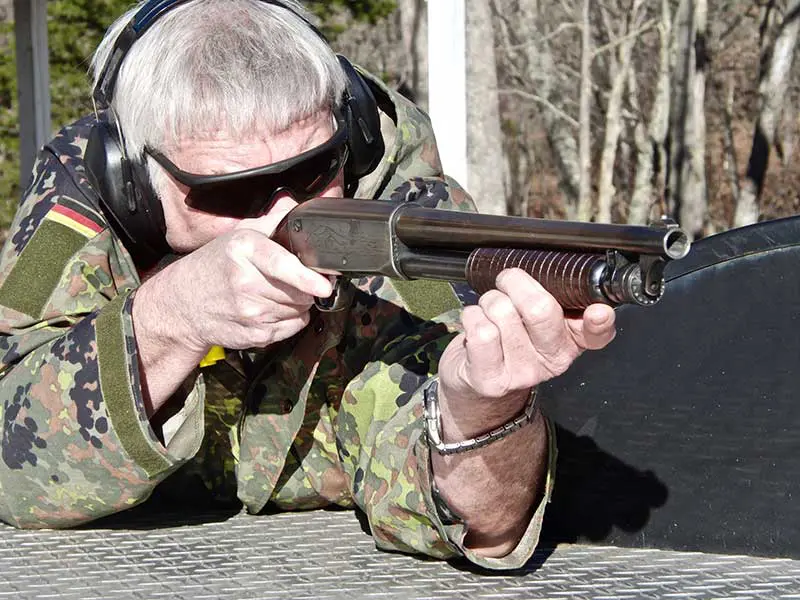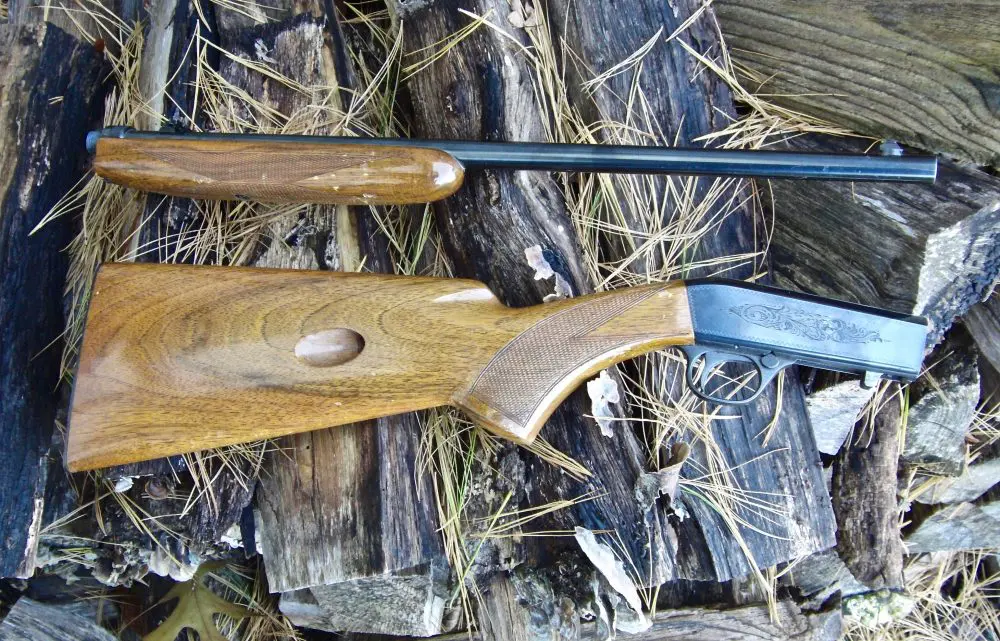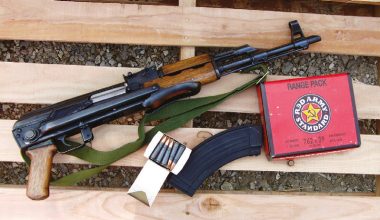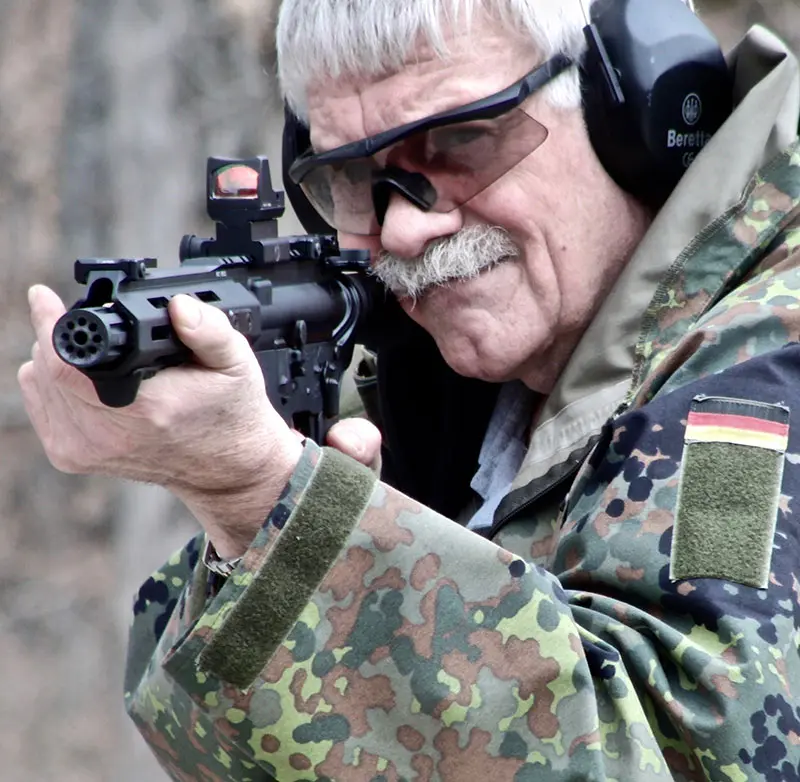A couple of months ago, I discussed the background of the duckbill choke and mentioned that I would follow up with a test of the Gator, the current incarnation of the spreader choke.
Produced by Paradigm SRP, the Gator is designed to perform as well as, or better than, the duckbill spreader chokes used by the SEALs in Vietnam, but without the tendency to fracture from use. Gator chokes are available for Remington, Winchester, Benelli, and Beretta shotguns.
My own choice for installation of the Gator was a Remington 870 Express Tactical Model. The 870 Tactical has a lot of advantages as a combat shotgun, including Picatinny rail and ghost ring sight, ability to take three-inch shells, 18.5- inch barrel, and seven-round capacity. Plus, making it perfect for installation of the Gator, it takes the Rem Choke.
For an 870 that takes the Rem Choke, the Gator is extremely easy to install. Just remove the ported Rem Choke that comes with the shotgun, then install the Gator.
The Gator for use with the Rem Choke consists of two parts: a “Briley Rem Cyl” tube—that is threaded at both ends—and the Gator. The tube is screwed into the 870’s internal threads. After the tube is screwed into position, Loctite is applied to the opposite end and the Gator is screwed onto the tube, making sure it is positioned correctly as per the instructions. Once the Loctite has set, the choke/tube assembly may be screwed off or re-attached as desired.
The Gator has an impressive appearance, especially when looking at the aggressive “teeth” at its mouth from in front of the shotgun. Since the intimidation factor is always important with shotguns, that’s a good thing!
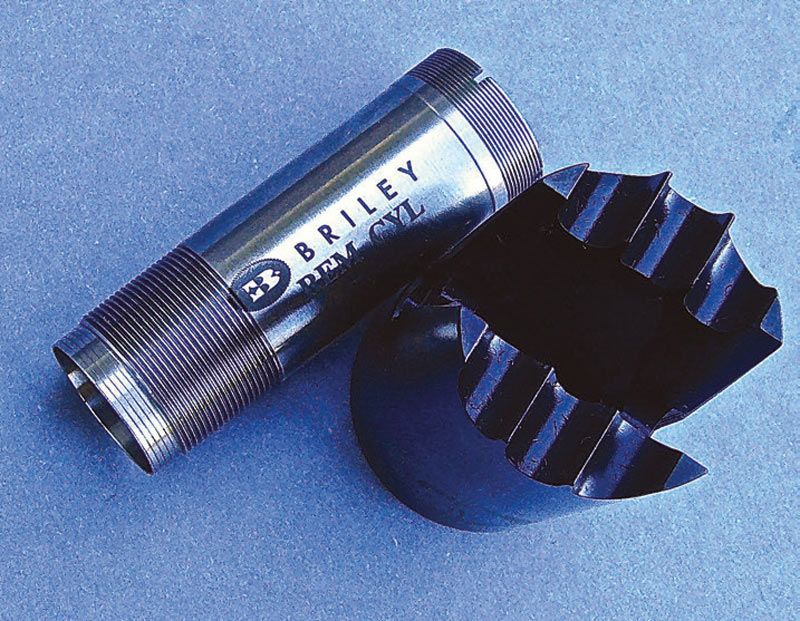
When discussing the spreader choke, it’s important to point out that it is a specialized tool. Duckbill chokes were originally designed for use by point men to sweep an enemy encountered on a trail or in ambushes to help clear multiple enemy at once.
Various modern missions might be considered for the Gator. It might be used to sweep a merchant vessel’s deck of boarding pirates or of a pirate vessel being boarded. In the days of Fighting Sail, multi-barreled duckbill pistols were used by ship’s captains to discourage boarders or mutineers.
In defending property during times of civil unrest, the Gator would also offer a deterrent and an actual ability to stop multiple attackers coming into one’s home. In low light and/or against moving targets, its horizontal spread allows more leeway in shot placement too. It also has some applicability for antivehicular use to knock out a driver and “shotgun rider” through a side window or multiple shooters in the back seat.
Against multiple enemies—with no friendlies near the line of fire—it offers a lot of possibilities. Since it spreads its pattern horizontally rather than vertically, it would be a poor choice for police patrol usage where the possibility of rounds missing the intended target and traveling downrange would be magnified. Because of the design of the Gator’s mouth, it could be used for breaching or wire cutting in addition to anti-personnel applications.
If you have to take a shot when the horizontal spread might hit something or someone you don’t want to hit, you can turn the shotgun on its side and change the pattern to vertical rather than horizontal.
Traditionally #4 Buckshot has been chosen for use with spreader chokes, as the greater number of pellets increases the chance of hits with the horizontal spread. For all my shooting tests, I used Federal 2¾-inch #4 Buckshot (27 pellets per shell).
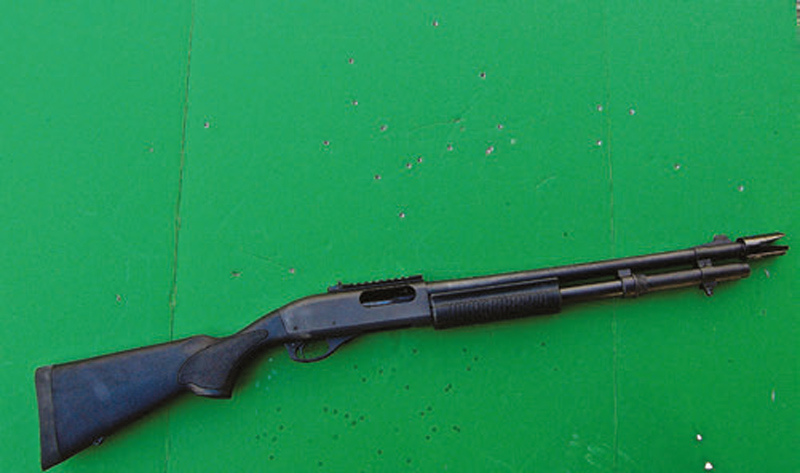
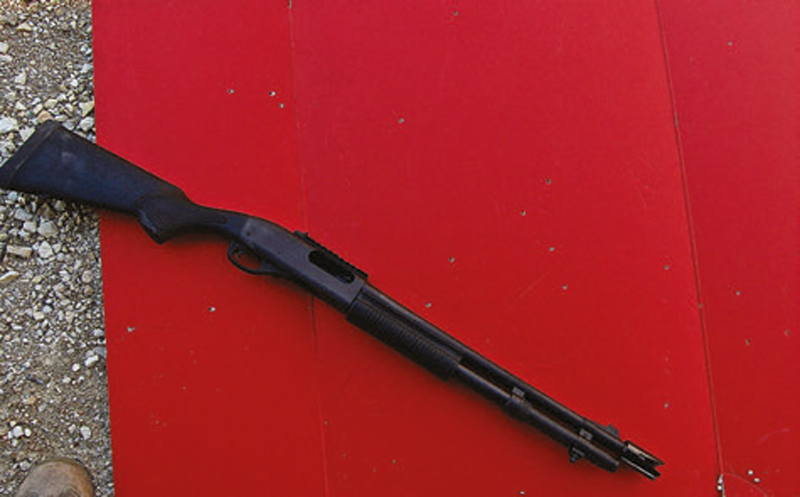
Spreader chokes have generally been designed to have a ratio of horizontal to vertical spread of either 2:1 or 4:1. The claim for the Gator is a six-foot horizontal spread at 12 yards. In my shooting tests, I got good spreads with the Gator, but not that wide. But I need to put up a piece of paper that is six or more feet wide to confirm, as targets I was using were less than six feet in width, and a few pellets with each shot were wide of the target. That might have stretched the patterns to six feet.
I was finding at 15, 25 and 35 yards that most of the hits were running in areas between three and four feet— the boards I was using were four feet wide. That would still handle multiple bunched attackers very well.
I have trouble resisting shooting at targets from Zombie Targets, so I set up two zombies at 25 yards and fired one round using the Gator. One zombie was hit with two pellets and the other with four. Quite a few passed between them, but I’m confident those would have impacted some of the undead shambling along behind those two.
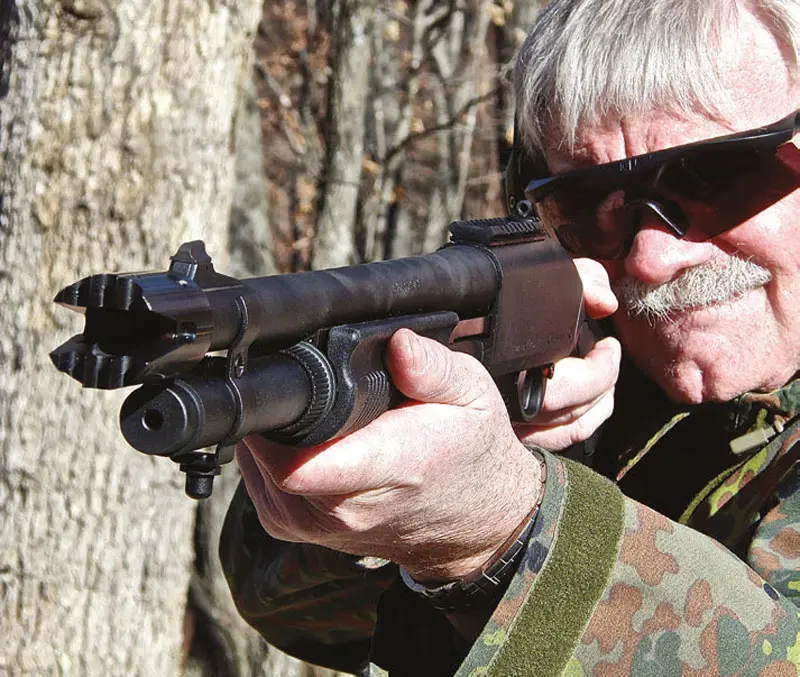
To get a better idea of the spread of hits, I put up a board four feet wide at 25 yards and fired at it. Of the 27 pellets, 22 impacted on the board in an area 31 inches wide and 18 inches high. On a wider board, the missing five pellets would probably have stretched the width. At 35 yards, 18 or 27 pellets impacted in a swath 37 inches wide and 28 inches high. I know on a wider target, the width would have been close to six feet or more, as a couple of pellets impacted another paper target more than a foot to the side of the target at which I was shooting.
I will continue to evaluate the Gator and decide how it can be used most effectively. I especially want to try 3-inch #4 Buckshot rounds, which contain 41 pellets. So far, a Gator-equipped shotgun looks to be an effective special purpose weapon that can magnify the effect of each round fired in certain scenarios.
